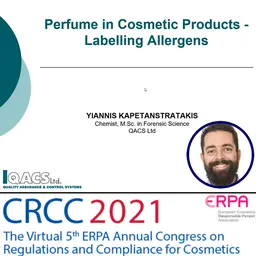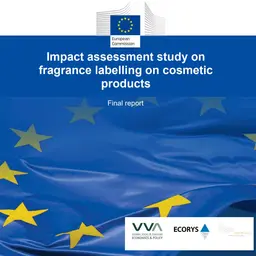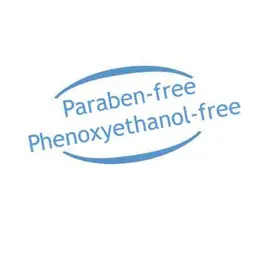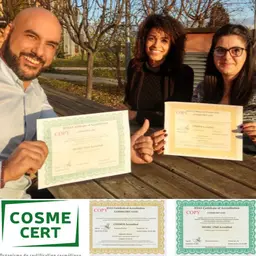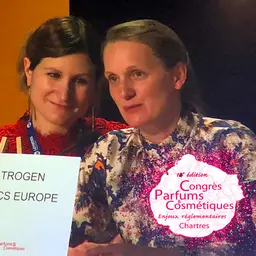
Since 2012 and a certain Opinion of the SCCS, the issue of labelling a considerably increased number of allergens has been worrying the cosmetics industry. From European Commission impact studies to regulatory proposals and stakeholder consultations, things are finally becoming clearer. During the 19th Perfumes & Cosmetics Congress, which took place in Chartres on December 1st and 2nd, 2021, Valérie Masini Étévé, from L’Oréal Research and Innovation’s Regulatory Affairs Department, presented an update on the subject, along with some tips to prepare for the new rules.
The background
The European Commission’s regulatory proposal on allergen labelling for fragrances originates from the SCCS Opinion of 2012, which confirmed the importance of continuing to label the 26 allergens that were already subject to this requirement based on their concentration in the finished product, and proposed to extend this labelling recommendation to 82 established human allergens, 19 allergens with demonstrated allergenic potential in animals and 26 additional probable allergens.
On this basis, in 2014 the Commission opted for labelling only those allergens established in humans, and drew up a list with 87 entries.
Following this proposal, the industry argued that the list on the pack could be long and that it might be appropriate to move to digital labelling. At the same time, the industry has been working to ensure that analytical data is collected, as labelling a substance by concentration starts with the ability to measure it…
A long work started, both on the analytical and regulatory side, and it was only at the end of 2018 that the European Commission published the first roadmap which proposed three options:
• A status quo, where only the 26 allergens that were already labelable remained subject to this obligation, …

